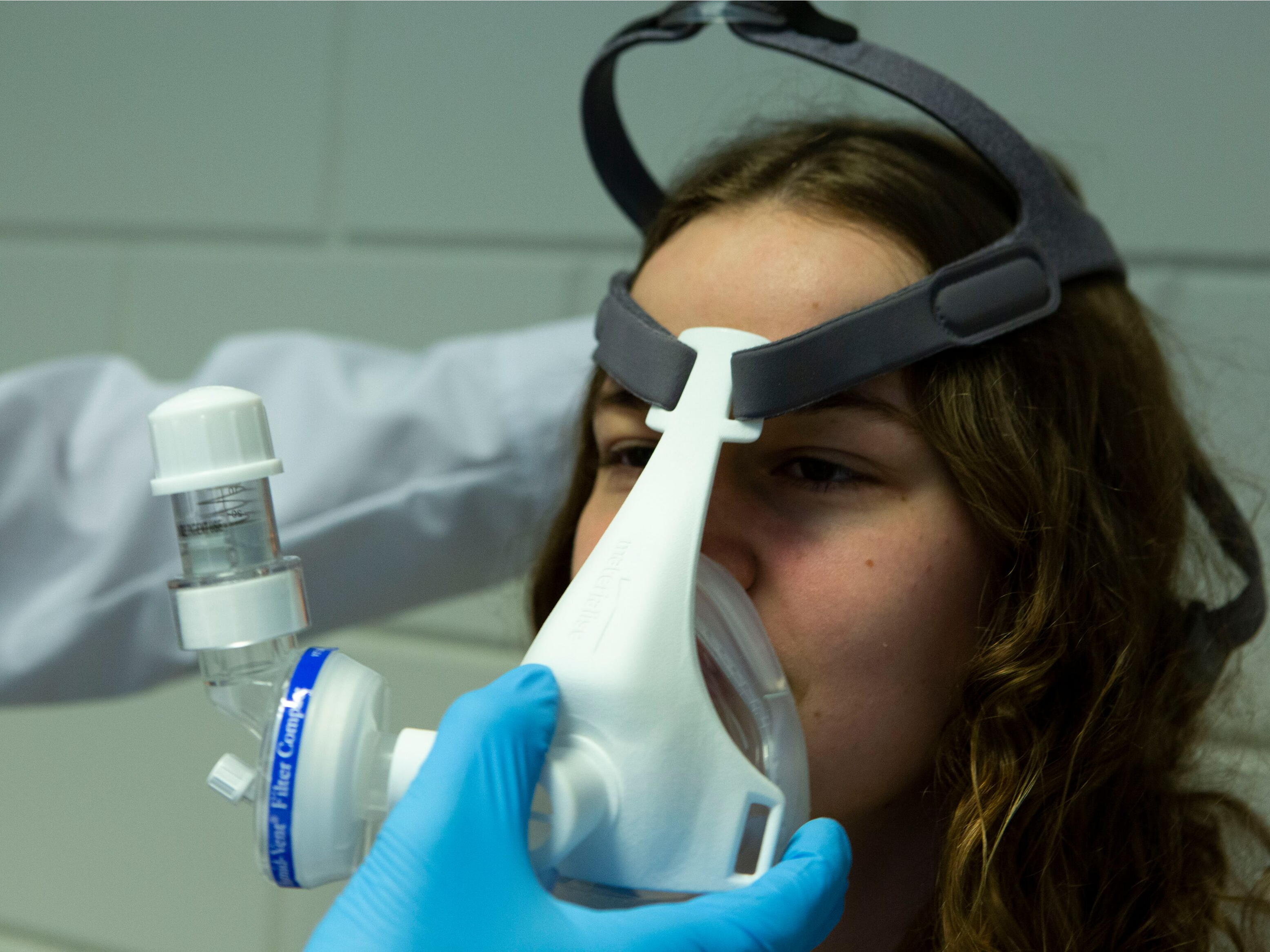- Belgian company Materialise developed a design that can be 3D printed and help patients breath to alleviate the ventilator shortage.
- The coronavirus outbreak has now infected more than a million people.
- The world is facing a global shortage of ventilators, and companies including GE and Ford have shifted production over to making more.
- Visit Business Insider’s homepage for more stories.
As the novel coronavirus disease, COVID-19, continues to spread worldwide, healthcare workers are facing a shortage of supplies, including ventilators, protective face masks, and gloves,
Belgian company Materialise designed a 3D printed oxygen mask that can reduce time patients are connected to mechanical ventilators. The 3D printed piece is a connector that hooks up to masks already in use in most hospitals to deliver oxygen and pressure to the lungs without the use of a mechanical ventilator.
The company has been working on other 3D printed designs that can mitigate the spread of COVID-19, like a handsfree door handle attachment to minimize contact with surfaces that could carry the virus. It gave the design away for free online and encouraged anyone with 3D printing capabilities to create more or tweak it for other circumstances.
The oxygen mask is in trials and in the process of being allowed by regulators in Europe and the US. Materialise expects to have the design available for hospitals sometime in April. Here’s how the 3D printed oxygen mask works.
The entire design consists of a non-invasive mask, a filter, a valve, and a 3D-printed connector.
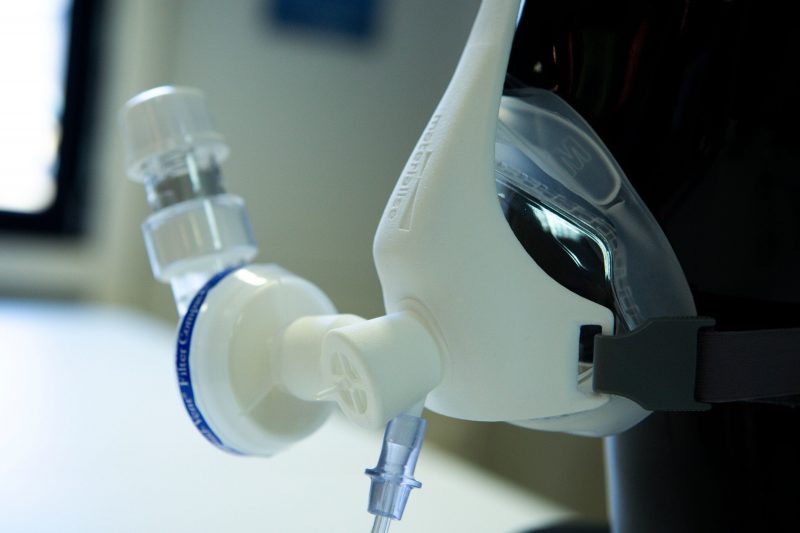
Materialise designed the connector, and all the other pieces are standard medical equipment already available in hospitals.
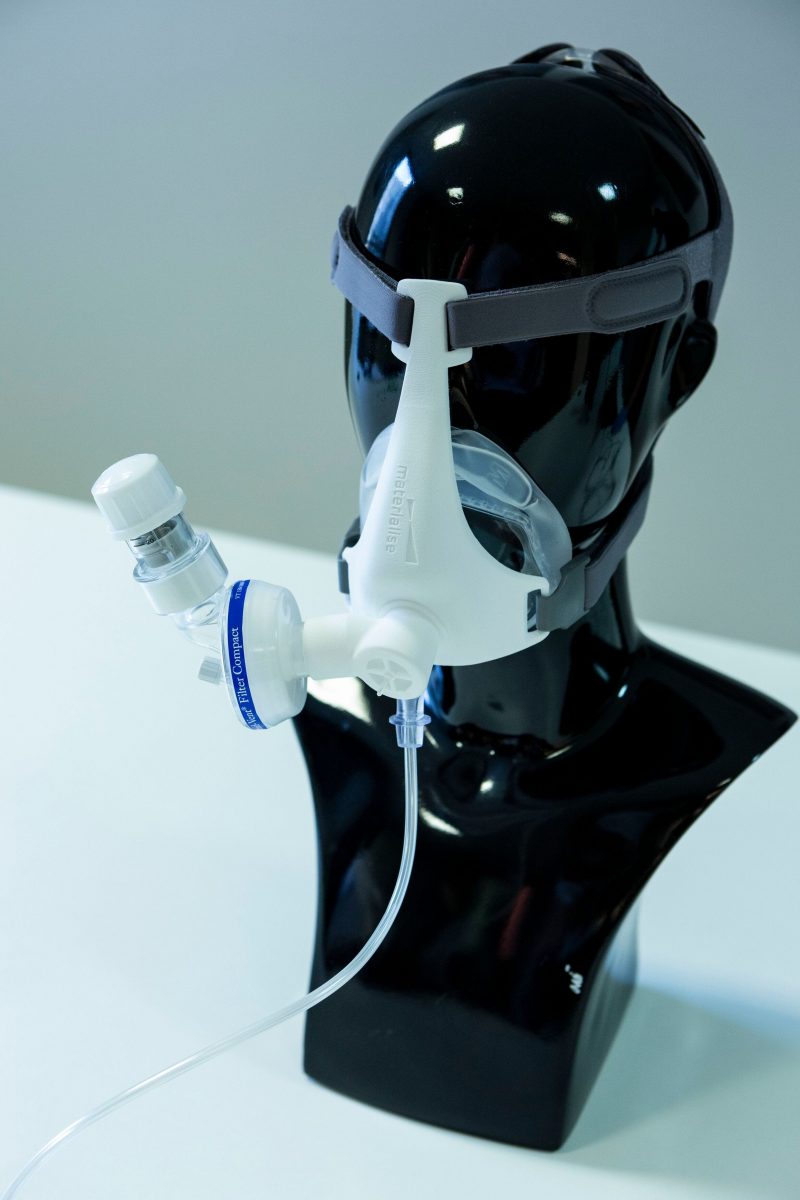
Engineers on the project say that the process from initial designs to trials was fast. In only a few days, they went from an idea to a proof of concept with a pulmonologist to trials on healthy people.
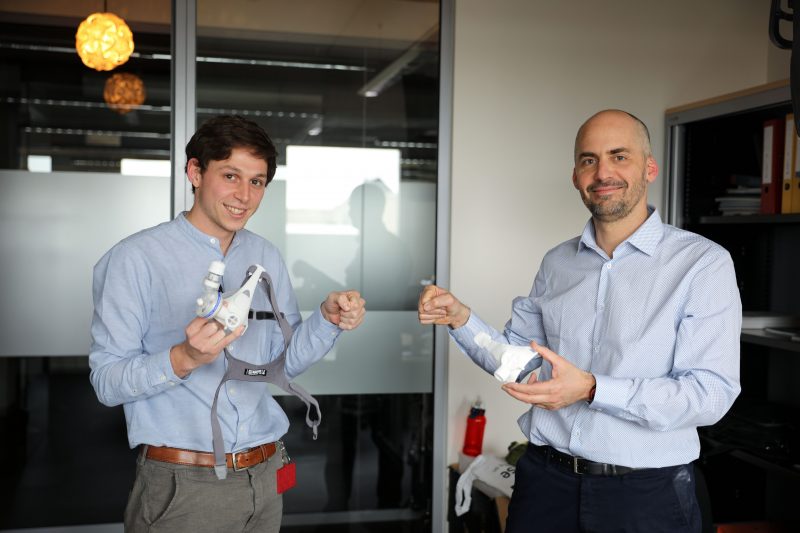
A perk of the 3D printed design is that it can be produced locally as supply chains are disrupted around the world.
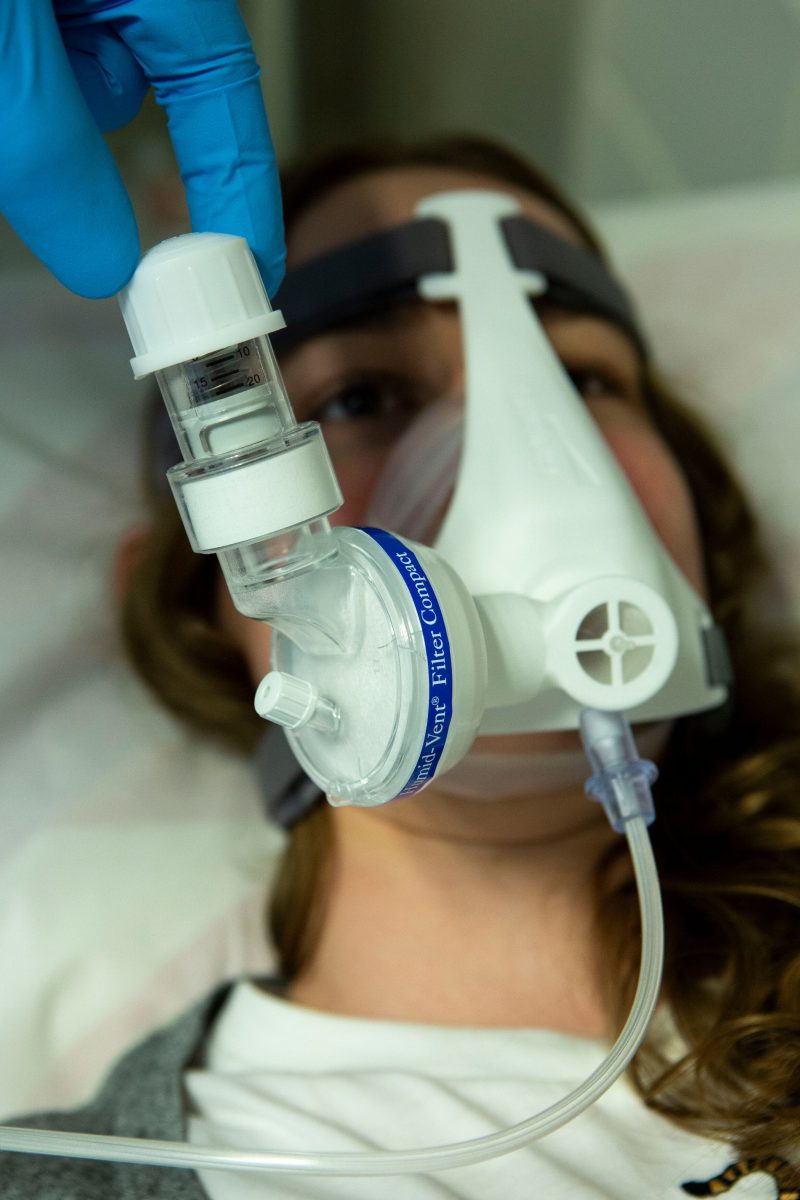
Materialise is fast-tracking the design for approval in Europe and the US, and also preparing to ramp up production.
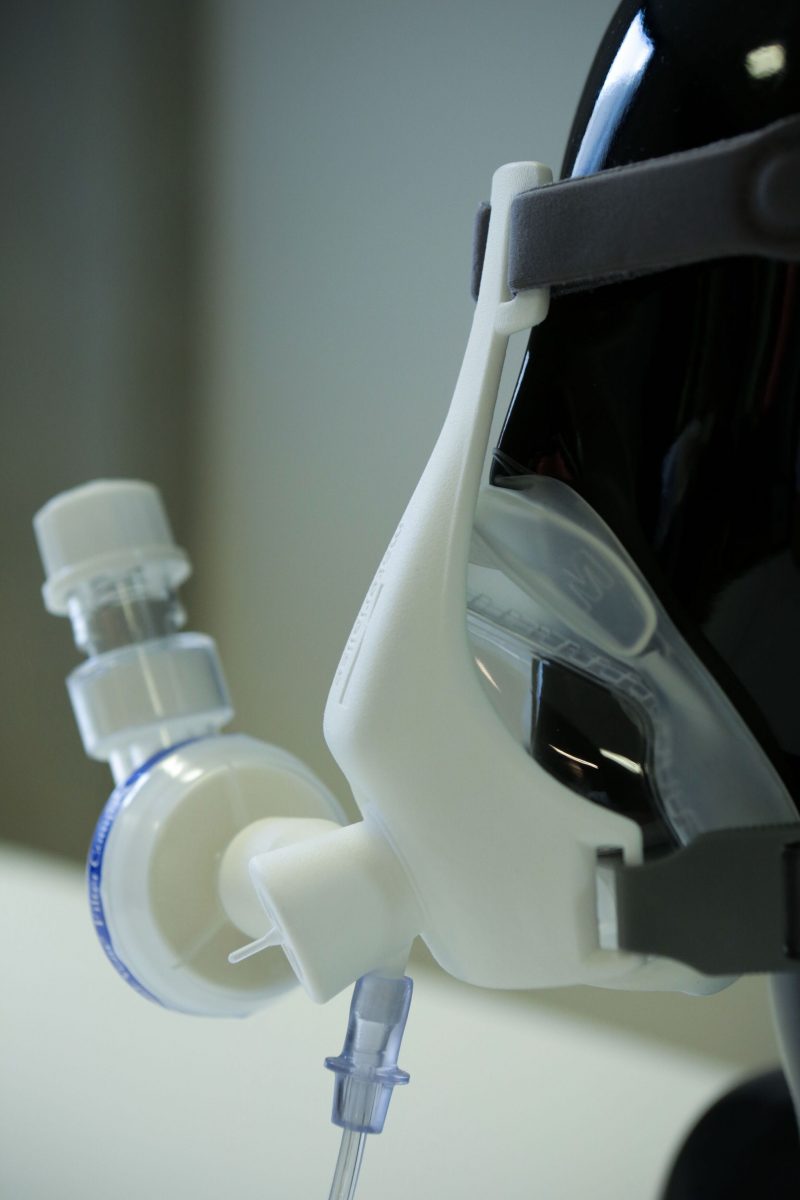
"Except for the new 3D-printed connector, the components of the mask exist and the concept is already known. We've used it for years in non-invasive and invasive ventilation. In the trial, we will identify what the effect is on COVID-19 patients and at what stage of the disease to best use this NIP solution," pulmonologist Wilfried De Backer said.
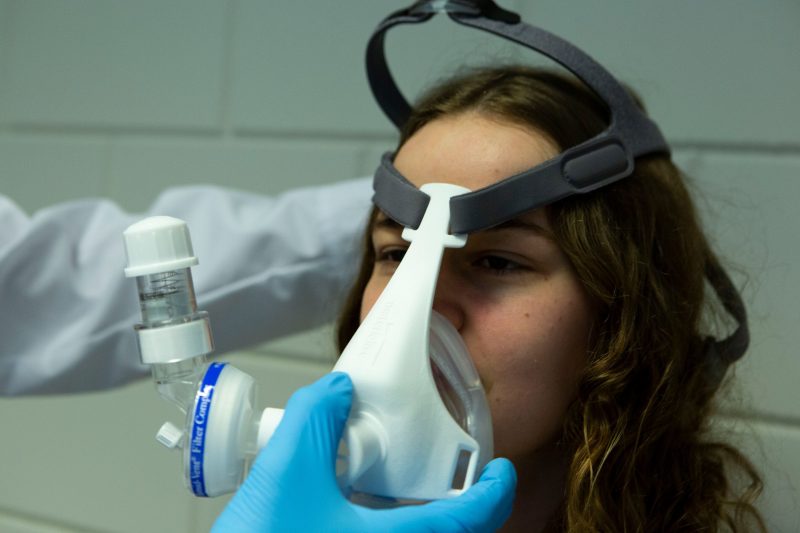
De Backer noted that the design is less invasive, so easier on the patient, and also saves ventilator capacity.
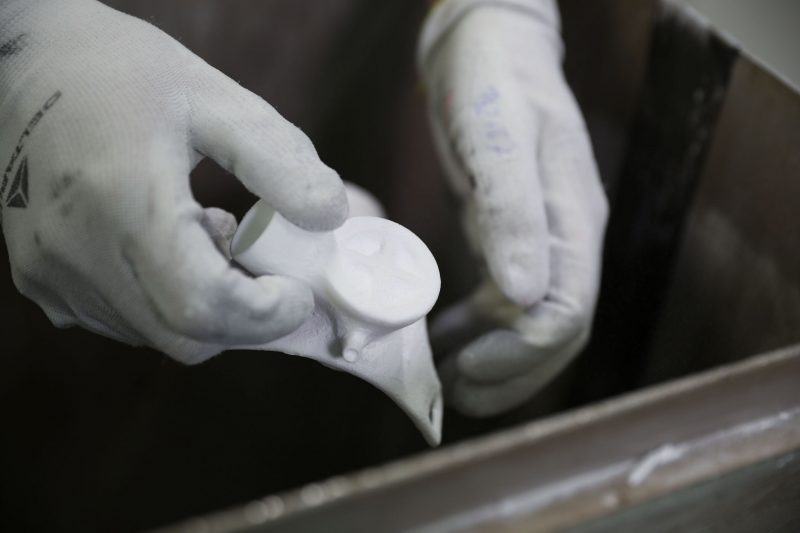
He says that it's important to use the mask early, as soon as the airway starts becoming inflamed.
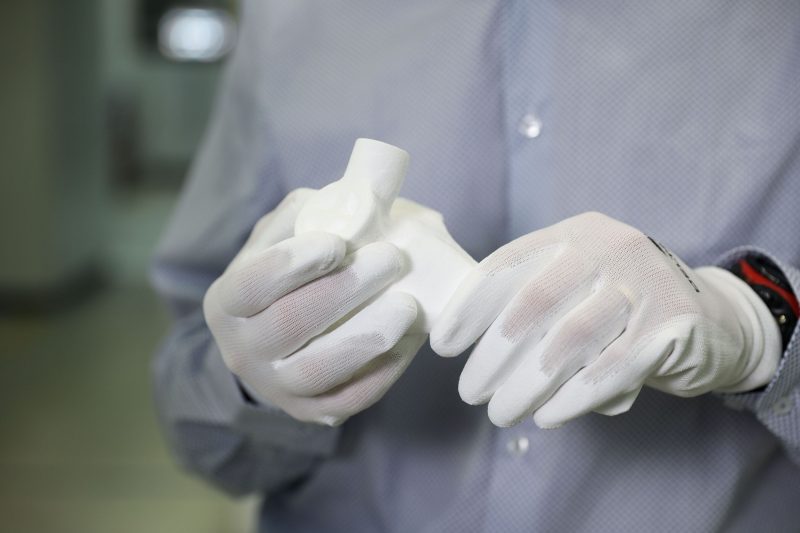
See how it works here.
Materialise also invites companies interested in producing the design, or caregivers in need of the design, to contact them.
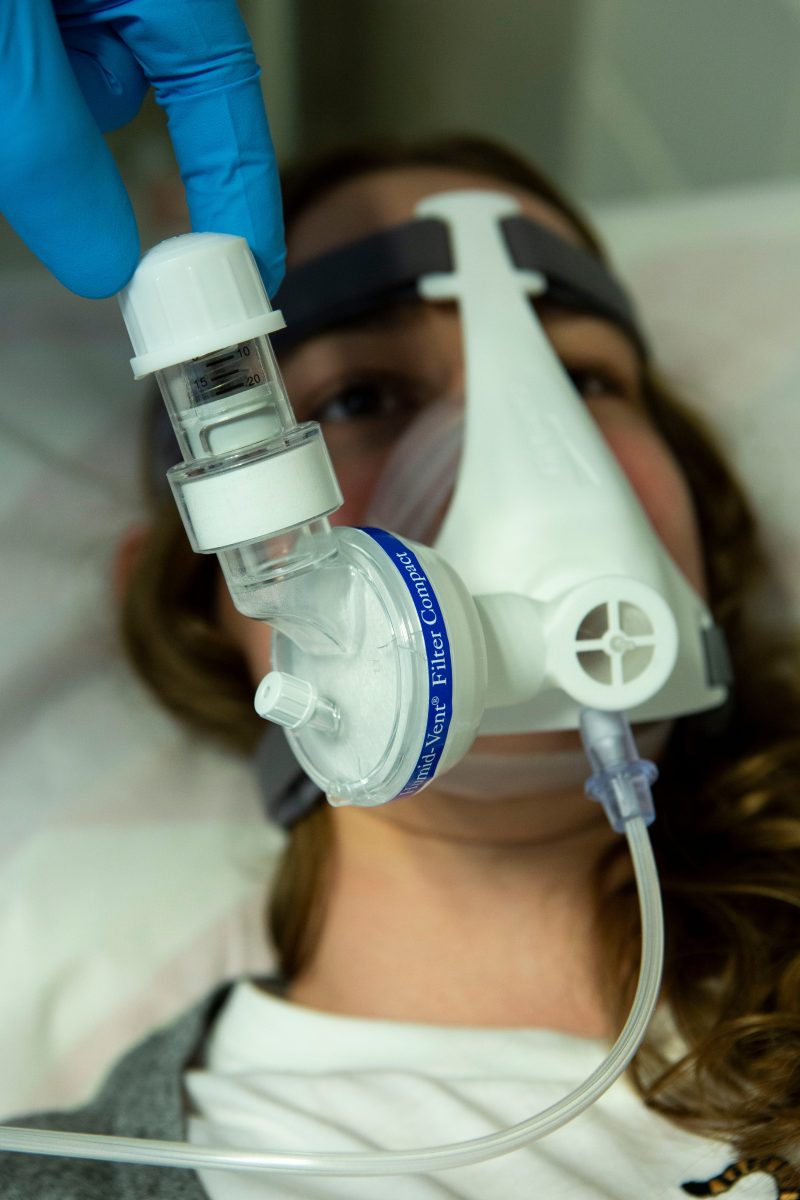
Reach them at [email protected].

